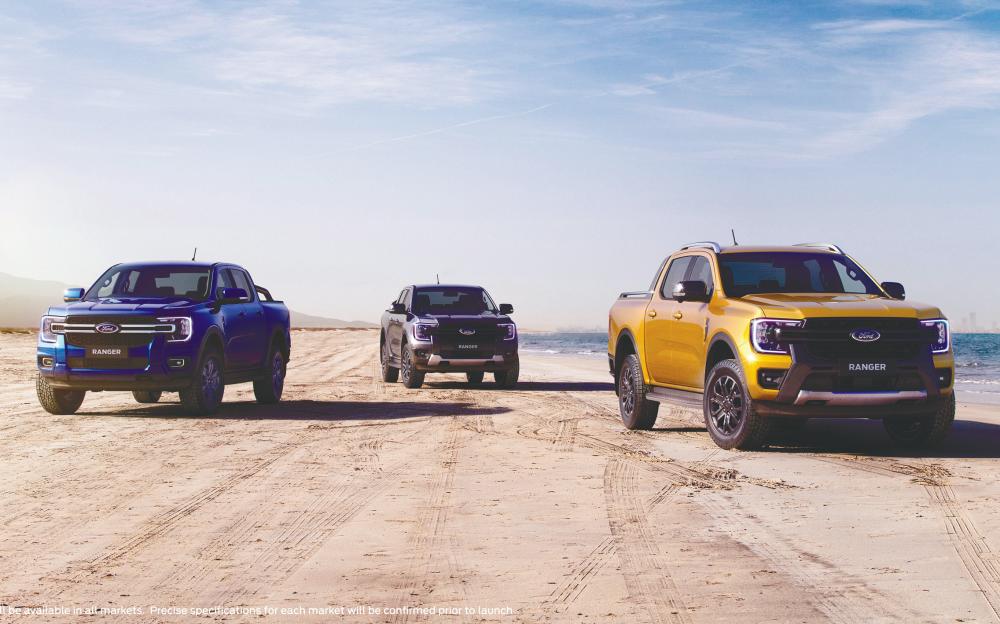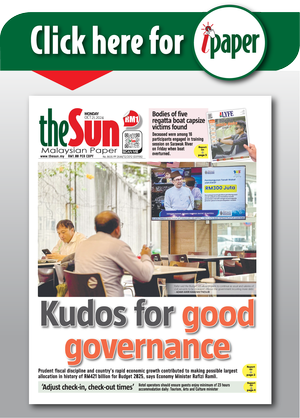A NEW generation of the Ford Ranger has been launched in Malaysia, and it’s destined to continue the success story of its predecessors. It’s not just the Ranger that is a successful truck model for Ford. In fact, Ford trucks have been dominant in the company’s sales for decades – and the bestselling vehicle in the USA.
Ford’s experience in making trucks goes back more than 100 years. Throughout its history, Ford has continuously improved its trucks with new innovations that improved their ability to get the job done.
The cumulative experience means that today’s trucks like the Ranger have superior performance and are more durable and reliable than ever.
The first Ford truck was created just 9 years after the first Model T began putting the world on wheels.
Henry Ford received requests from customers asking for a vehicle that could carry heavier loads and provide greater utility for the work which had been done by horse-carriages.
On July 27, 1917, Ford introduced the Model TT and it was able to bring out this new model so fast because it retained the Model T cab and engine.
It was an approach that would be used till today where platforms, including powertrains, are shared among models, with the bodywork being different.
Similar to the Fordson tractor introduced in the same year, Ford envisioned a chassis that could accommodate beds and cargo areas that were made by other. By enabling such flexibility to customise the basic design, there would be increased functionality to get work done.
It was a formula for success. By 1928, Ford had sold 1.3 million Model TTs before replacing the truck with the more capable Model AA with a 1.5-ton chassis.
Ford marketed its early trucks largely in rural areas where owners could use them on the farm, yet still take drive to church on Sunday. By 1941, Ford had sold more than four million trucks.
After the Second World War, a lot of rural Americans moved to urban and suburban centres looking for work, and many took their Ford pick-ups with them.
Ford saw this as an opportunity, and began work on the next generation of trucks for 1948 – which came to be known as F-Series Bonus Built trucks.
After a successful run with the first generation F-Series, the second generation arrived in 1953 with increased engine power and capacity. The model line was also rebranded, with the F-1 becoming the F-100, while F-2 and F-3 trucks were integrated into the new F-250 line.
Meanwhile, the F-4 became F-350 and the larger trucks were spun off into a new C-Series commercial truck unit.
Throughout this period, Ford trucks started looking less utilitarian, sporting features like 2-tone paint, automatic transmissions, and improved heater and radio offerings.
New standard features debuted with the 1953 F-100, including armrests, dome lights and sun visors. Lower and with a wider cab, the new truck featured integrated front fenders and a more aerodynamic design.
Fourty-five years later, in the Asean region, the same thing would happen as Ford introduced the Ranger as its idea of the “Asian Car”. It came with a stylish look that was rugged, and had the features and convenience of a passenger car.
In Malaysia, the timing was just right as local regulations had changed to permit use of trucks as private vehicles rather than only for commercial use.
By 1977, the F-Series trucks were clear market leaders and sometime that year, a copywriter for a Ford truck magazine is said to have written three simple words that would come to define the brand: Built Ford Tough.
It is more than a slogan – it’s a brand promise to owners and the mantra for Ford’s entire truck team.
Ford trucks thus made American lifestyle more active and in 2022, the same thing is happening in Malaysia with Sime Darby Auto ConneXion’s “Ford Ranger Getaways”.
While the F-Series has been dominant in North America, Ford has also used its truck expertise with the Ranger in other parts of the world. Versatile and efficient, the Ranger has built a reputation for being tough and capable, leading it to thrive in diverse markets around the world.









